Filter by research area
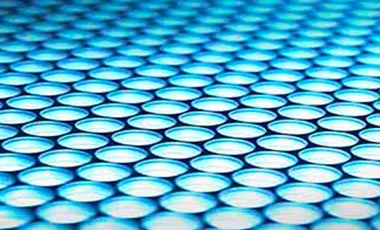
How could a coordinated ecosystem of specialist biobanks improve global research?
Biobanks have become an essential cornerstone of medical research - enabling drug discovery and development, supporting biomarker research and deepening our understanding of disease mechanisms. As we advance towards an era of personalized medicine,...
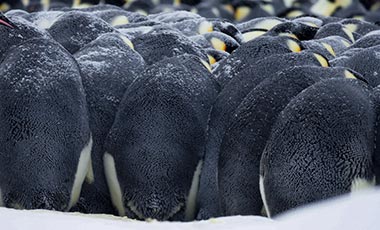
Sample integrity versus storage temperature. What can we learn from penguins?
A new report from the National Academies of Sciences, Engineering and Medicineaddresses concerns about reproducibility and replicability in scientific research. Sitting near the top of the “food chain”, it is imperative that sample management...
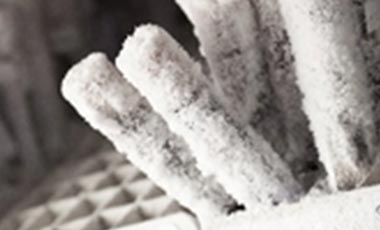
How can automation overcome sample degradation in biobanking?
Biobank research is essential for advancing our knowledge of the genetic make-up of diseases and supports a future of more powerful, personalized medicine. However, biobank research faces many challenges, including weak process links that threaten...

Maximizing Automation and Software in Restarting your Research
Many of us are gearing up to return to the lab after months of working from home. For some, this will be a welcome change and, for others, perhaps another shock to the system in what has been a strange year for scientific research.
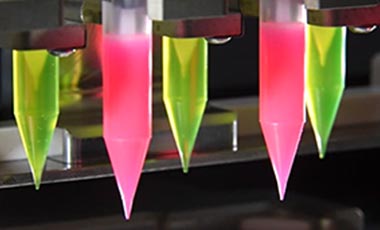
COVID and beyond: Making Automation work for you
“Most people spend more time and energy going around problems than in trying to solve them” according to Henry Ford, the father of mass production. Laboratories are reopening worldwide, but we still face global disruption from the COVID-19 pandemic....

Automation and Miniaturization Solution to Testing and Research Bottlenecks
In mid-March, WHO Director General Dr Tedrous Adhanom Ghebreyesus said, “We have a simple message for all countries: test, test, test.” Testing is necessary to break the chains of transmission by isolating patients made more important because this...
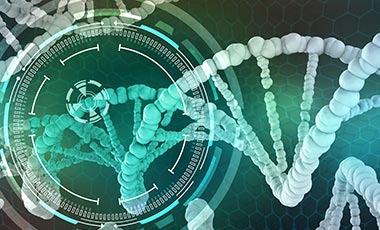
Reviewing automated liquid handler options to find your lab’s solution. The guide part 2
In the first of these two blogs, we explored your reasons for exploring liquid handling automation, how to go about finding the right tool for the job and why you should include both initial and on-going investment costs into your decision-making...
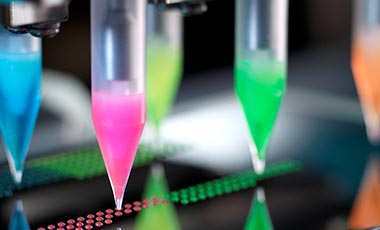
Comparing automated liquid handlers to find your lab’s solution? The guide part 1
If you are anything like me, when faced with a task you know little about, you procrastinate until it's urgent and then run on adrenaline to get it done. Whether this is how you work, or you want reassurance that your carefully prepared research...
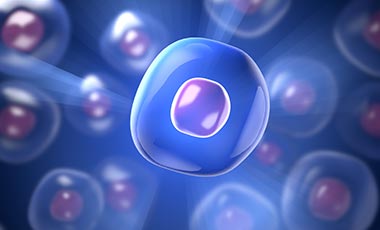
Unleashing the power of a single cell
Dr. Louise Laurent(University of California, San Diego, USA) and her team have published a miniaturized method for single-cell RNA library preparation that has reduced costs by 90% whilst increasing throughput and ensuring the high quality of...

Working at the limits of protein crystallography
Just when you think you’ve discovered everything there is to know about a subject and there’s little left to learn or discover, something comes out of nowhere to prove you wrong! But in crystallography that’s not necessarily a bad thing…
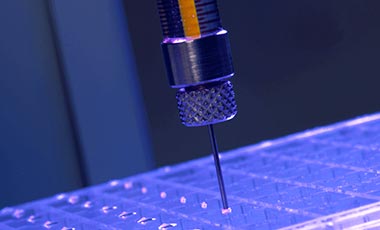
The perfect couple for GPCR
Obtaining detailed structures of any membrane protein has been challenging. A detergent is required to extract the protein from the lipid environment which does not contribute to a favorable environment for crystallization using traditional vapor...
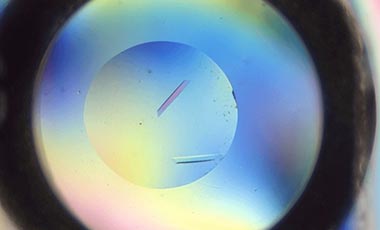
When not binding to a target’s binding site is better!
Most drugs bind to a target’s binding site (orthosteric binding). However, binding to a site distant from the binding site appears to have some very significant advantages over orthosteric binding, one of which is reducing off-target side-effects.








